By Robert Tate, Automotive Historian/Researcher.
Images Courtesy the National Automotive History Collection/Robert Tate Collection
Published 9.1.2014.
In 1957, George W. Walker was the vice president and director of styling for Ford Motor Company. It was the best of times, and a time when an automotive designer could watch his or her creative dreams become reality. Exterior and interior designers worked side by side to create forms and new ideas for both the short-term and future automobile designs for the consumer market.
One of the most classic automobiles to come out of Ford styling was the Lincoln Zephyr of the mid-1930s and the original Lincoln Continental models, which are still very popular among collectors today. During the 1950s, Ford offered five major product line studios representing their great styling.
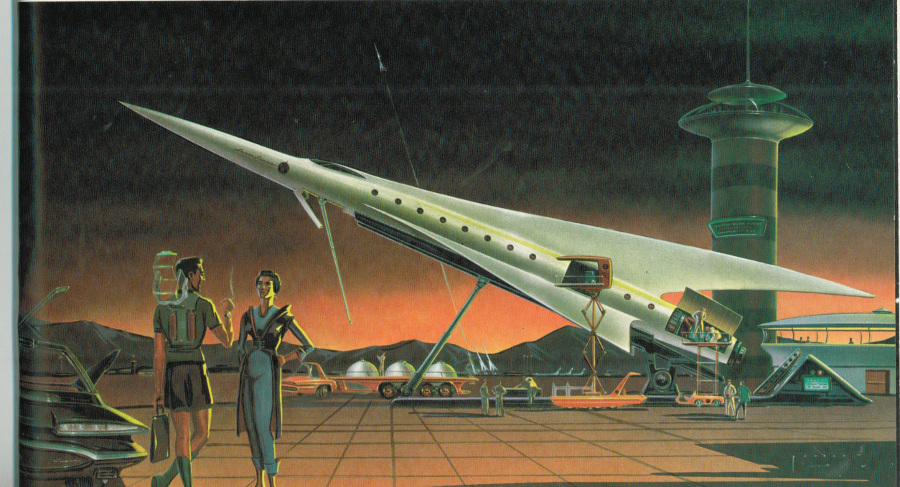
In 1956, William Clay Ford, a vice president of the company, supervised the creation of the handsome Continental Mark II models. He later became chairman of the company's Product Planning Committee and was very much involved with the design process during the 1950s. Many automotive historians refer to the 1950s as the golden age of automotive design. Walker in 1957 said, “Your appreciation of good design has made styling a tremendously important function in the modern automobile world.”
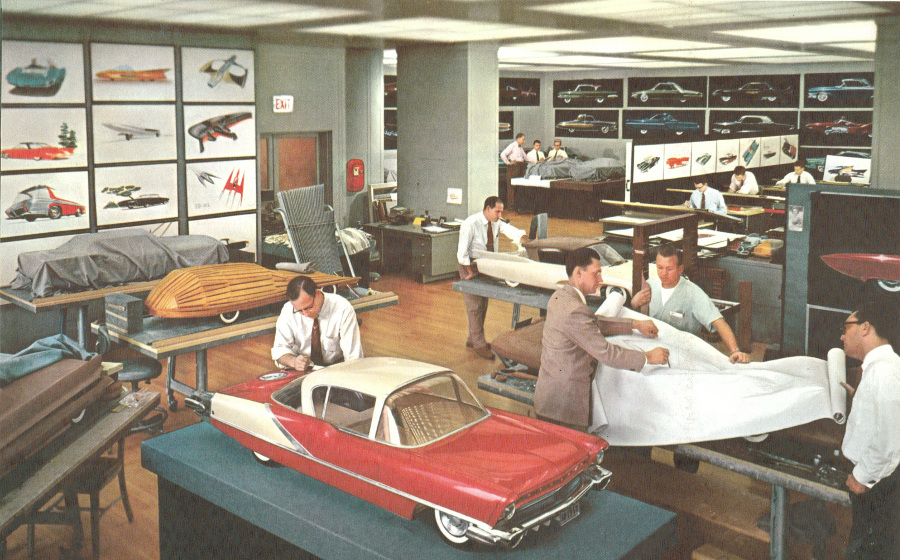
In 1957, Time Magazine said, for the first time in 21 years, Ford led the pack with a 45,000 car sales lead over Chevrolet at the eight month mark. Ford’s earnings were great, and the man who put the company ahead in the fashion parade and set the style in Ford's future was Walker.
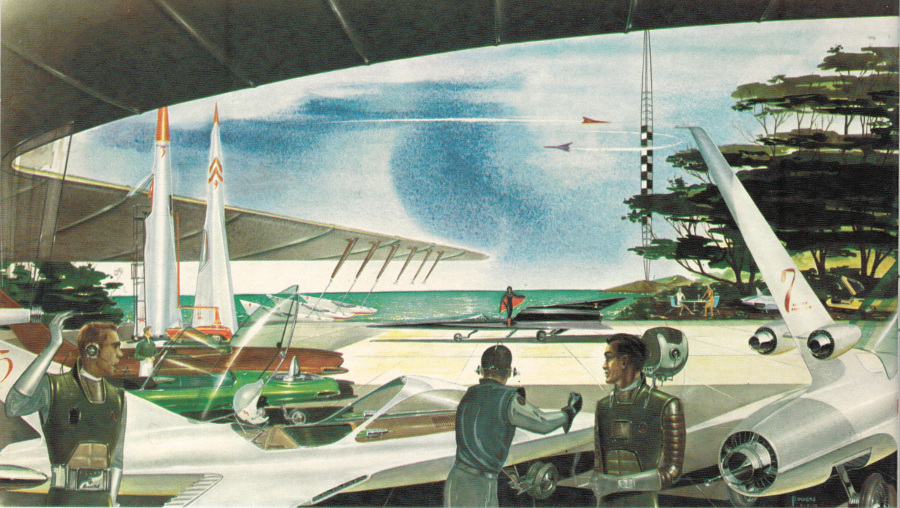
One of the most popular studios at Ford in 1957 was the advanced styling studios, where creative men and women conceived great ideas in the forms of sketches, colorful renderings and clay models. They were the visionaries of the advanced styling team. They were encouraged at the time to engage in free design thinking and to experiment with new ideas that made future automobiles easier and safer to drive, more comfortable, and even more attractive in appearance.
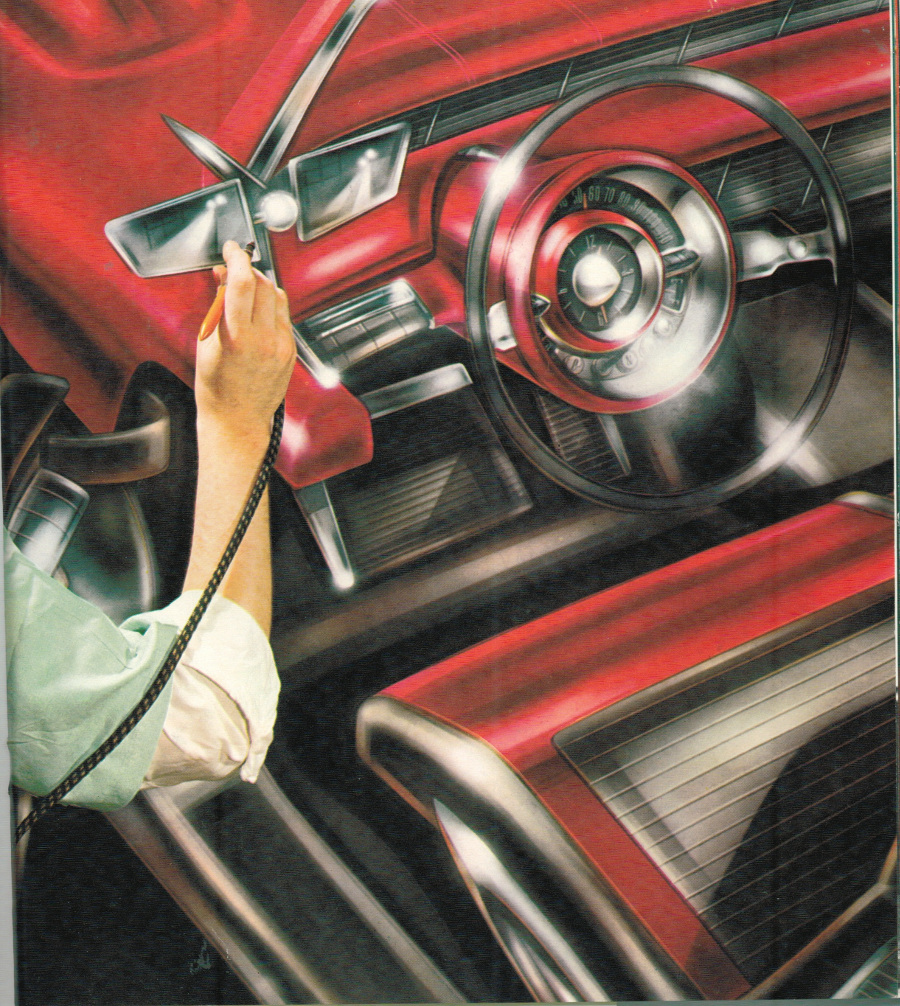
During the 1950s, many Americans were concerned about space travel, and Ford designers were creating vehicles that could fly or offer future service for earth to-moon flights. In 1956, Ernest R Breech, chairman of the Ford Motor Company board, said, “The new firm is expected to make an important contribution, not only to the defense of our country, but to the development for peacetime uses of the miracles of science in the fields of physics electronics and nucleonics.”
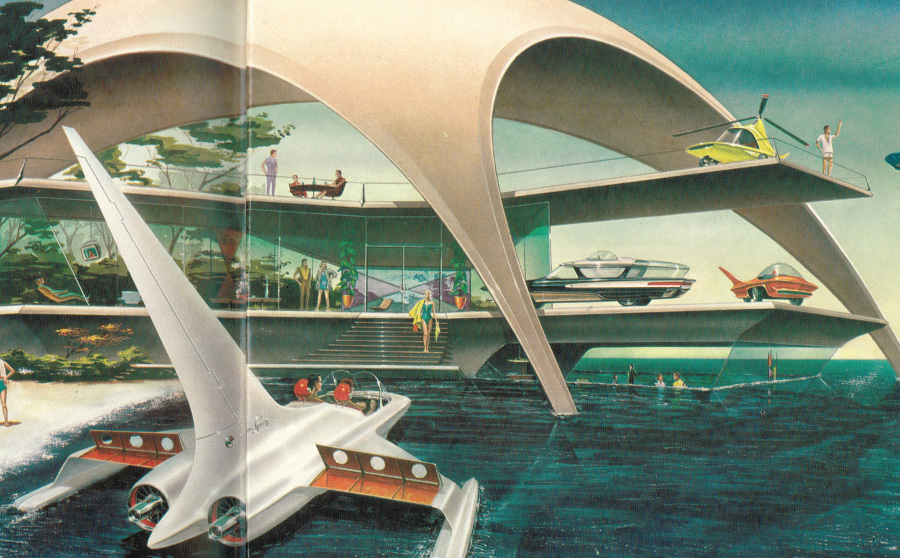
One of the most popular advanced styling models introduced to the public was the “Volante.” This model was designed in a triangular pattern, which could provide both lift and thrust for the driver. The model's forward unit was comprised of two counter-rotating blades and a motor. This was a model designed for the year 2050.
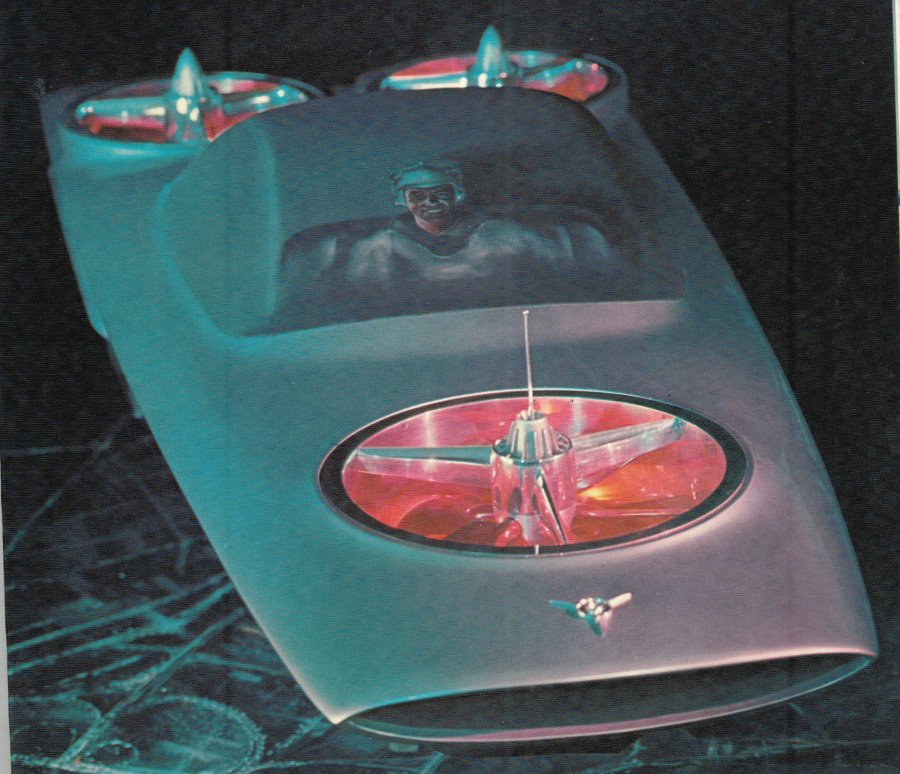
In conclusion, Ford styling in 1957 was designing cars with great ideas. The Ford family of new cars for 1957 included the Thunderbird, Continental Mark II, the Lincoln Premiere Landau, the Mercury Monterey, along with the popular Ford Fairlane 500 and the new Fairlane 500 Skyliner Retractable hardtop models. Ford's 1957 styling will always be a great part of automotive history.
Bibliography
Lamm, Michael & Holls, Dave. “A Century Of Automotive Style 100 Years Of American Design” 1996.
“Autos The Cellini of Chrome.” Time Magazine, November 4, 1957.
“Ford Motor Company Presents the Ford Family of Fine Cars For 1957.” Stockholders Brochure.



